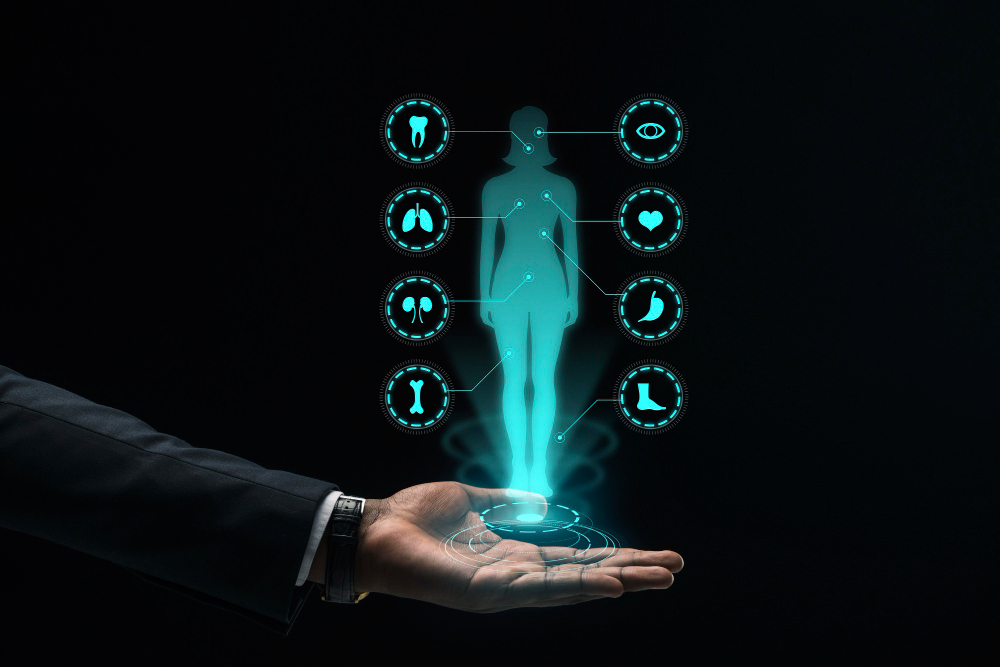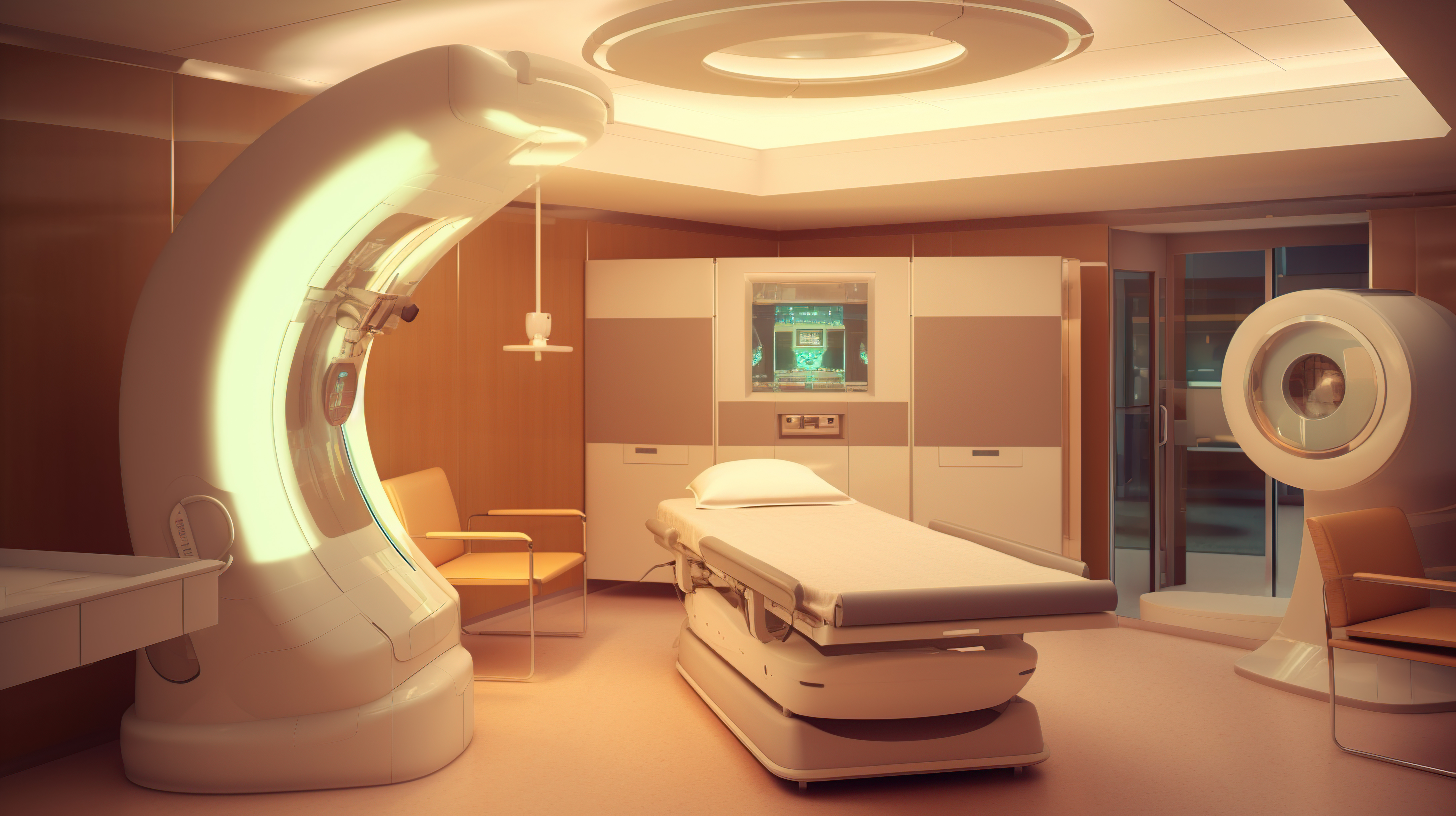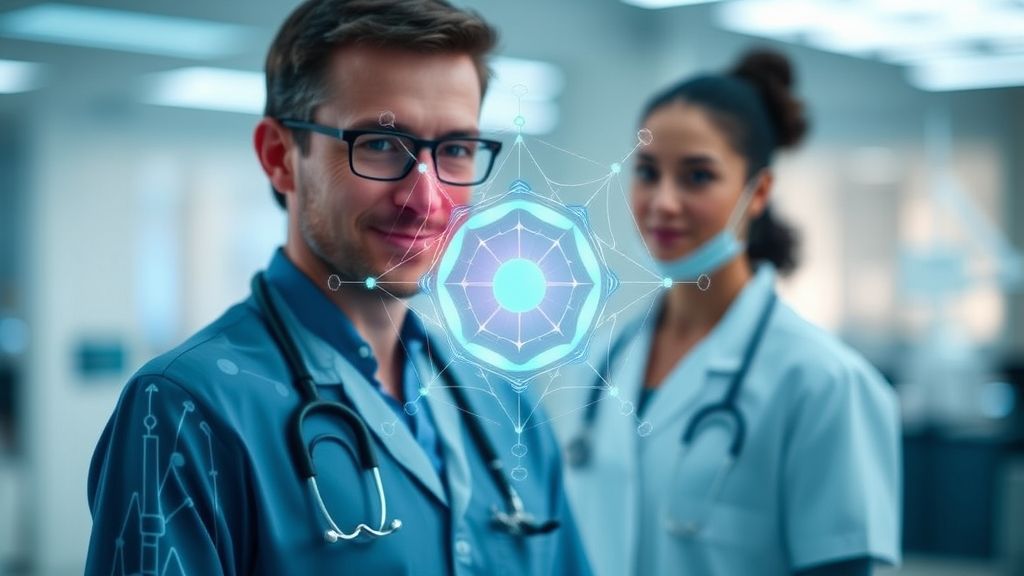The Role of Generative AI in Shaping the Future of Healthcare

The healthcare industry is in the midst of a profound evolution, driven by digital transformation, data science, and artificial intelligence (AI). At the heart of this shift is a powerful subset of AI known as Generative AI for Healthcare. Unlike traditional AI models that are designed primarily for classification, prediction, and pattern recognition, generative AI focuses on creating new content, such as text, images, simulations, and even synthetic medical data. Its unique capabilities are redefining how healthcare professionals approach diagnostics, research, education, and treatment planning.
Understanding Generative AI in a Healthcare Context
Generative AI refers to models that can produce new data instances that resemble a given dataset. In healthcare, this means creating medical images, patient histories, treatment scenarios, and other synthetic health data that help in model training, clinical simulation, or research. Key models used in generative AI include Generative Adversarial Networks (GANs), Variational Autoencoders (VAEs), and large language models (LLMs).
What sets Generative AI for Healthcare apart is its potential to simulate realistic clinical environments and generate data where real data might be sparse, biased, or protected due to privacy concerns. This capacity opens up new avenues for safe, ethical innovation without compromising patient confidentiality.
Applications of Generative AI for Healthcare
1. Synthetic Medical Data Generation
One of the most valuable applications of generative AI in healthcare is the generation of synthetic medical data. These datasets are used to train AI algorithms when access to real patient data is limited due to privacy regulations such as HIPAA or GDPR. Generative AI creates patient records, medical images, or clinical notes that mimic real-world data patterns without identifying individuals.
This enables:
- Model training without risking patient privacy
- Balanced datasets that reduce bias
- Faster and safer development of AI-driven tools
2. Medical Imaging and Diagnostics
Generative AI is making waves in the field of medical imaging. For instance, GANs can generate high-resolution images that resemble CT scans, MRIs, or X-rays. These synthetic images are used to augment limited datasets, enhance image resolution, and simulate rare diseases for better model training.
Radiologists and imaging specialists benefit from generative models that:
- Produce enhanced or clearer imaging from low-quality inputs
- Generate hypothetical progression of diseases over time
- Help detect subtle anomalies through improved data diversity
3. Drug Discovery and Molecular Simulation
Generative AI for healthcare is revolutionizing how pharmaceutical research is conducted. AI models can generate novel molecular structures that might not exist in known chemical databases. These molecules can be tested in silico before being physically synthesized, significantly reducing the time and cost associated with traditional drug discovery.
Applications include:
- Predicting drug-target interactions
- Designing candidate molecules with desired therapeutic effects
- Simulating molecular behavior under various conditions
4. Personalized Treatment and Decision Support
Generative AI can help create patient-specific simulations and treatment scenarios. By analyzing a patient’s health data—genomics, lifestyle factors, and prior medical history—AI models can simulate outcomes under various treatment plans, aiding clinicians in decision-making.
This leads to:
- More accurate risk stratification
- Tailored therapy recommendations
- Proactive identification of potential adverse reactions
5. Medical Education and Simulation
Medical students and trainees can use Generative AI for Healthcare to simulate clinical scenarios they may rarely encounter in practice. For example, a generative model can create a realistic virtual patient suffering from a rare condition, providing a valuable learning opportunity.
Benefits include:
- Safe, repeatable learning environments
- Exposure to rare or complex cases
- Interactive simulations for skill development
6. Clinical Documentation and Summarization
Generative AI is improving clinical workflow efficiency by automatically generating or summarizing documentation. Large language models can process physician notes, extract key points, and generate discharge summaries, patient instructions, or insurance documents.
This helps:
- Reduce administrative burden on clinicians
- Minimize documentation errors
- Improve interoperability between healthcare systems
Addressing Ethical and Regulatory Considerations
With the growing influence of Generative AI for Healthcare, it’s essential to address the ethical challenges that accompany these technological advancements. Synthetic data must be free of identifiable information and generated in a way that avoids introducing bias or inaccuracies.
Key concerns include:
- Ensuring transparency in how generative models are trained and deployed
- Maintaining fairness across demographic and socioeconomic groups
- Securing regulatory approval for AI-generated outputs in clinical settings
Governments and regulatory bodies are beginning to establish frameworks for the ethical deployment of AI in healthcare. Responsible implementation requires rigorous testing, third-party validation, and ongoing monitoring.
Challenges in Implementing Generative AI for Healthcare
Despite its promise, generative AI faces several challenges in healthcare:
Data Availability and Quality: While generative AI helps address data scarcity, it still requires high-quality input data to function effectively. Bias or errors in the training data can lead to misleading outputs.
Model Interpretability: Unlike traditional rule-based systems, generative models often function as "black boxes," making it difficult to trace how decisions are made.
Clinical Acceptance: Healthcare professionals must trust generative AI outputs. Building this trust requires rigorous validation and user education.
Infrastructure and Integration: Integrating generative AI tools with existing hospital systems, EHRs, and imaging platforms demands robust IT infrastructure and support.
Future Outlook for Generative AI in Clinical Innovation
The future of Generative AI for Healthcare is promising. As the technology matures, it will become more interpretable, user-friendly, and integrated into everyday clinical workflows. Advances in federated learning and privacy-preserving AI will enhance data security while enabling broader collaboration across institutions.
Emerging trends include:
- Generative models that can understand and generate multimodal data (e.g., combining text, images, and structured inputs)
- Real-time generative AI support for surgeries, diagnosis, and treatment planning
- Use of generative AI in predictive public health modeling and outbreak simulation
Conclusion
Generative AI for Healthcare is not a passing trend; it is a foundational technology that is reshaping clinical innovation. From generating synthetic data and medical images to personalizing treatment plans and accelerating drug discovery, its applications are vast and growing. While challenges remain, the trajectory is clear: generative AI will continue to drive efficiency, accuracy, and accessibility in healthcare.
Healthcare professionals, researchers, and institutions must prepare to embrace this new paradigm by investing in education, ethics, and infrastructure. The promise of generative AI lies not just in what it can do today, but in the transformative potential it holds for the future of medicine.
Note: IndiBlogHub features both user-submitted and editorial content. We do not verify third-party contributions. Read our Disclaimer and Privacy Policyfor details.







